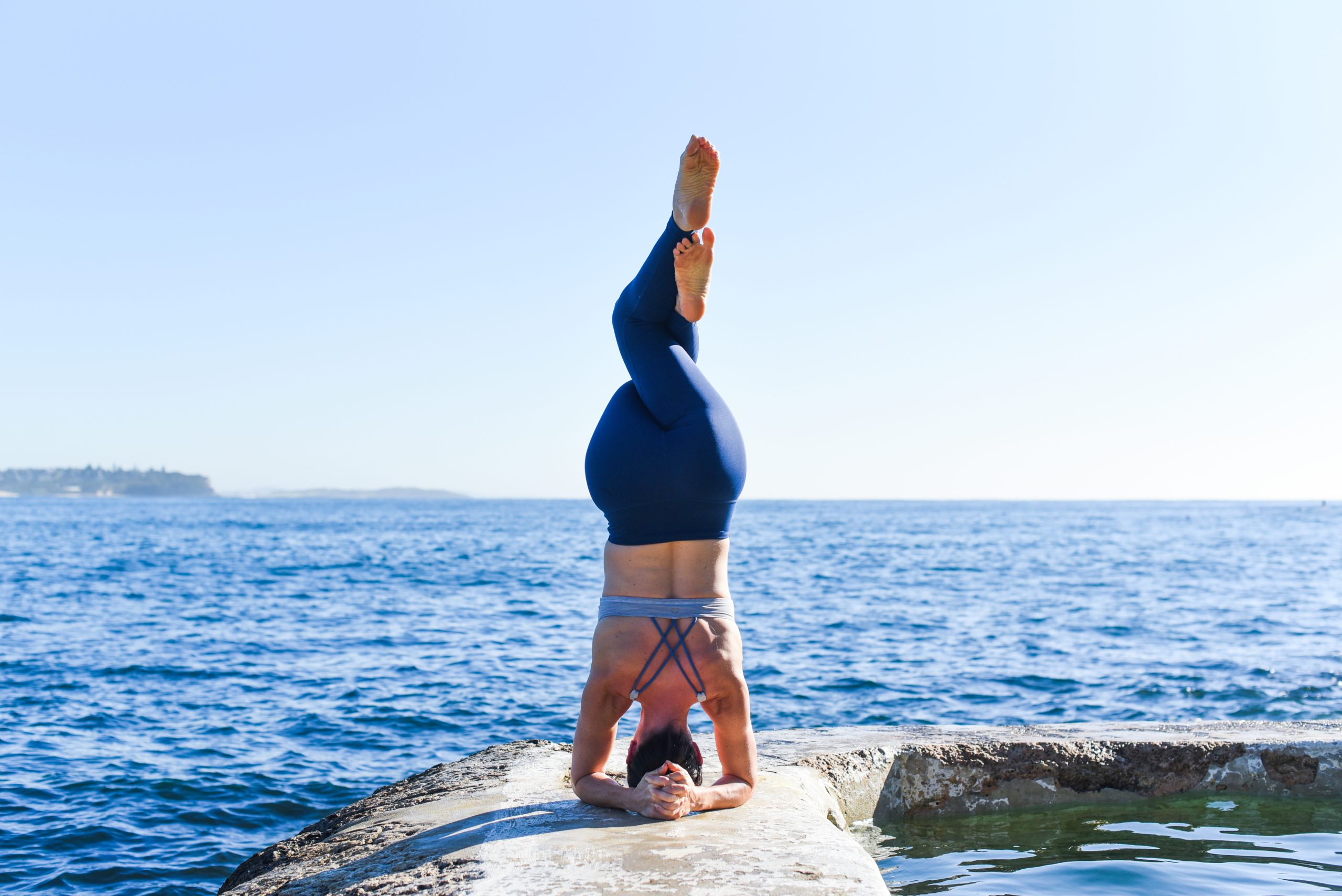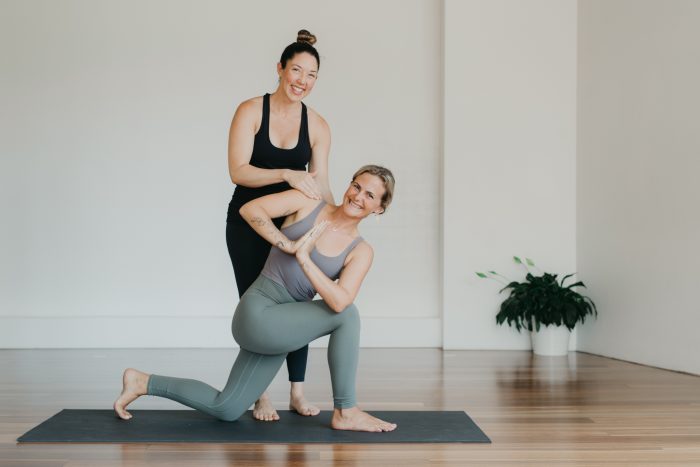Benefits & Tips for Mindfulness and Meditation
What are the benefits of meditating and mindfulness?
Ancient yogis and western science all seem to agree: meditation is transformational on many levels. Benefits include:
- reduced blood pressure
- increased mental focus
- reduced feelings of anxiety, worry and stress
- improved sleep
- better immune function
- greater resilience and ability to handle stressful situations with grace and ease
While it’s difficult to pinpoint when meditation & yoga started exactly, ancient texts called the Vedas give a written account of Rishi’s deep in meditation as far back as 7 – 9 thousand years ago! In Eastern traditions meditation has been an important pathway to enlightenment.
Western science is also on board the ‘meditation/ mindfulness’ train – seeking to explain the benefits of meditation. Researchers at Harvard Medical School published a study demonstrating the long term effects of relaxation methods on a genetic level: those who practice regularly have far more active ”disease-fighting genes” as compared to those who did not practice any forms of relaxation.
When these important genes become active, the effects were measurable:
- build stronger immunity
- manage pain
- stabilize hormone levels
- decrease high blood pressure
- can help with infertility
- manage pain from rheumatoid arthritis without the use of drugs or the side effects of drug use from western medicine.
To reap the genetic benefits, it’s not quite the same kind of ‘relaxing’ as pouring a glass of Chardonnay and sinking into a giant bubble bath or lounging on the sofa and flicking through Netflix…
Practicing meditation and relaxation techniques regularly including guided visualisation, yoga nidra and self-hypnosis induce the parasympathetic nervous system which enables our body to “rest & digest” – activating the disease fighting genes. Cultivating mindfulness helps us become more present & connected with our loved ones. Science also shows that having meaningful connections with others is one of the most powerful indicators of life expectancy.
The one thing people regret on their death-bed isn’t how the Thanksgiving turkey turned out – it is not having had more time to do the things they love with the people they love. Perhaps it’s not so much about quantity as it is quality – are we fully present with the ones we love?
What are your tips for clearing your mind after a stressful day?
My teacher used to say: “to shift your S*&!: move, breathe and make noise” I still live by these words to this very day!
For a stress release quickie I like to walk outside, feel the sun on my skin and stretch or hang upside for a bit. Or lie on your back with your legs up the wall and do 15 minutes of Yogic Breathing (Pranayama). Something as simple as taking a few deep breaths consciously noticing & taking in your surroundings can impact your mood and focus.
Go for a walk outside, sing in the shower, take some conscious deep breaths, exercise, go to yoga, or spend time outdoors. Choose activities that are re-vitalizing and release endorphins (our body’s natural feel good chemicals) which help elevate our mood, clear tension from the mind and increase focus.
We often know what to do – the question is are we making time to do it?
Is there an ideal time of day to meditate, and if so when?
There isn’t a “perfect time” to meditate – it will vary from person to person. Many find it easiest to meditate when the mind is relaxed & calm, such as first thing in the morning, ideally before breakfast, chores or work.
“I don’t have TIME to meditate!” Truth is meditation helps us feel more energised, grounded, focused and ready to take on the day! So, try setting the alarm 15 min earlier and make the time first thing in the morning before life takes over and we get “too busy”.
My favourite time to meditate is just after practicing yoga or when I’m out going for a run – when you feel present and connected to your body.
Taking mini-meditations throughout the day can also be extremely helpful when you’re starting to feel the effects of fatigue or stress creeping in. You can even practice mindfulness on the bus/train to work, on your lunch break, in a park, or even at your desk right before an important meeting.
Meditating right before bed can be tempting to drift off to sleep. However, relaxation such as Full Yogic Breaths (FYB) may be a suitable time to clear the mind and stresses from the day.
There’s no right or wrong, the most important is to try different times, see what works for you. Create the time in your schedule, and make it part of your daily routine.
Describe the state of mindfulness and what it feels like to achieve it?
Jon Kabat-Zinn’s definition of mindfulness states: “Mindfulness means paying attention in a particular way; On purpose, in the present moment, and non-judgmentally.” –
Lets take for example drinking a cup of coffee or tea…
You’re sitting at a café, reading the paper. Unconsciously you are having a myriad of sensory experiences: smelling the aroma of coffee, overhearing nearby conversation, thinking about your work week. Mindfulness begins when you start to engage fully in the present moment – it is the gentle effort to be continuously aware of experiences, thoughts and emotions in the present moment.
Practice by observing the warmth and texture of the cup in your hands, smooth rounded porcelain edges against your lips and moist aroma filtering into your nostrils nanoseconds before the smoothly flavored liquid connects to your throat. Pay acute attention to which specific part of your tongue is tasting each delicate flavour and the feelings or thoughts which are evoked.
In a state of mindfulness you do not have to just think about the present only, you can maintain awareness of every experience your having (including thoughts of past or future). Remain relaxed and observant, engaged and absorbed in the present moment – let go of any judgement or the need to fix or change the situation.
Where is a good place to meditate?
My favourite experiences of meditation are often not when I am sitting or even trying to mediate but rather when I’m walking or standing freely appreciating the beauty of nature and being a part of it, feeling alive, fully connected to the present moment.
I love to meditate & become deeply mindful in nature: in the mountains, under a tree, in a garden, or on top of a scenic cliff overlooking a beautiful vista or sunset, and generally when I’m standing up (it helps keep me alert & awake!)
Need some more inspiration?
- I’ve created a Playlist on Spotify you can listen to here.
- Insight Timer is an app packed with some great guided meditations!
- Check out Kat’s Yoga Classes
Happy Meditating!
xx Kat Clayton
Related Posts




